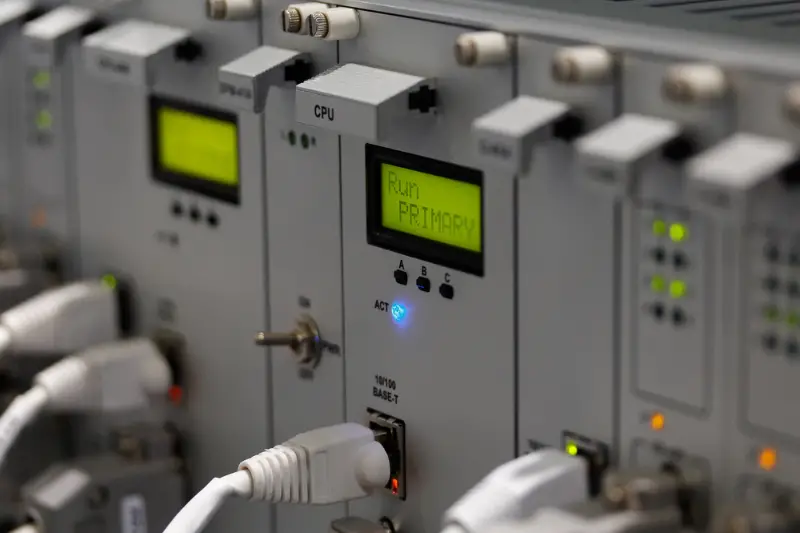Click here to get this post in PDF
How many times have you heard about PLC? Probably you have asked yourself, what is a PLC? And what are its advantages and disadvantages?
To realize the advantages and disadvantages of PLCs, we need to compare them with other types of control systems.
The four main types of controllers used in industrial control systems are relay logic, industrial PCs, microcontrollers, and programmable logic controllers (PLCs). Each type of controller has its advantages and disadvantages. The most appropriate type of controller depends on the type and size of the automation application.
PLCs are best suited for automating a large number of automation tasks, such as a manufacturing plant. Relays are best suited for the automation of a simple, fully manual task, such as controlling the level of a hopper.
Microcontrollers are best suited for automating an application with a fixed set of parameters and have the potential for mass production, such as a washing machine. Whereas an Industrial PC would be best suited when high math arithmetic scores are required, such as a flight simulator.
The difference between a PLC and a microcontroller lies in the structure of the units. Both have a microprocessor with inputs and outputs (input units and output units), but the PLC is designed to be scalable, accept and process large amounts of input and output I/O and be able to communicate with other devices. Whereas microcontrollers are usually built with a single purpose for a particular automation task, at a lower cost and usually for mass production purposes.
What are the advantages of a PLC?
The main advantages of PLCs are listed below:
1. Compact and robust.
2. A highly reliable operating system.
3. The speed of the processor execution time.
4. Almost no maintenance is required.
5. Easily expandable due to its modular design.
6. Low energy consumption compared to relay systems.
7. Built-in communication for I/O remote inputs and outputs, instrumentation, other PLCs, and SCADA systems.
8. It can handle a large number of digital inputs and outputs.
9. Capable of processing analog input signals and PID loops.
10. Multiple programming languages are available.
11. Large set of programming instructions.
12. User-friendly programming interface via PC.
13. Easily controlled by logical adjustments via software, no adjustments are required to the wire connections.
14. Significantly lower installation costs compared to relay systems.
15. The ease of documentation is excellent.
16. Increased ability to detect faults and diagnostics.
What are the disadvantages of PLC?
1. For simple applications where the logic of relays may be sufficient, the use of a PLC may incur costs due to the need to employ a programmer.
2. The math functions of the PLC are quite advanced, but when it comes to performing large amounts of complex math calculations, an industrial computer may be more suitable.
3. Some robotic and positioning applications may require extremely high-speed implementation, which may not be achievable from PLC.
4. It can be expensive to automate an application with fixed parameters for mass production compared to microcontrollers.
Do not forget to visit MRO Electric website to get additional information about PLC.
You may also like: How to Make a Successful Career in Java Programming
Image source: Depositphotos.com

